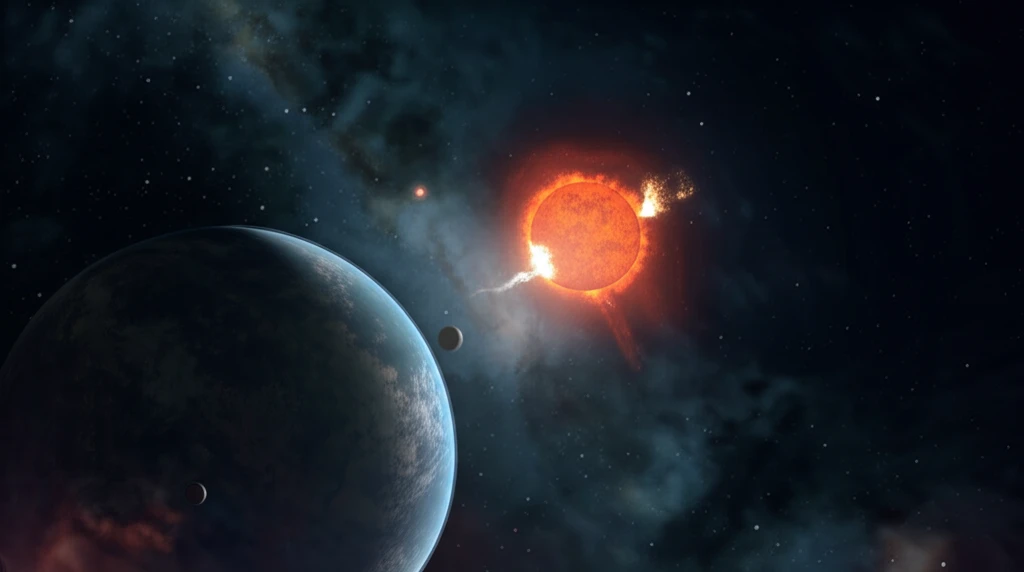
Cosmic Companions: The Hunt for Hidden Stars Around Exoplanet Hosts
"Unveiling Stellar Secrets: How the Search for Companion Stars is Revolutionizing Exoplanet Research"
For years, the spotlight in exoplanet research has been firmly fixed on the planets themselves—those distant worlds orbiting stars far beyond our solar system. Yet, increasingly, astronomers are realizing that the story of these exoplanets is incomplete without considering the company they keep. Many stars known to host exoplanets aren't solitary wanderers; they're part of binary or multiple star systems, where two or more stars are gravitationally bound together. These stellar companions, often lurking in the shadows, can exert a profound influence on the formation, evolution, and even the habitability of their planetary neighbors.
The search for these elusive stellar companions has become a crucial aspect of modern exoplanet research. Finding these stars isn't just about cataloging cosmic demographics; it's about understanding the complex interactions that shape entire planetary systems. Missed stellar sources can skew data, underestimating planetary radius while overestimating density. The infrared emission spectrum of exoplanets can also be affected, altering understanding of atmosphere properties.
Lucky Imaging, speckle imaging, and adaptive optics are now the tools of choice. The detection of these companions are crucial for a complete understanding of exoplanetary system dynamics, particularly regarding planetary formation and evolution. A recent study highlights the ongoing effort to uncover these hidden stars, shedding light on their potential impact on exoplanets.
A Lucky Search: Uncovering New Stellar Companions

In a recent study published in Astronomy & Astrophysics, astronomers Maria Wöllert and Wolfgang Brandner detailed their 'lucky imaging' survey of 74 transiting-planet host stars. Transiting exoplanets (TEPs) are identified when they pass in front of their host star, causing a slight dip in the star's brightness. The team used the AstraLux Norte camera on the 2.2-meter telescope at the Calar Alto Observatory to conduct high-resolution imaging in the i' and z' passbands.
- Stellar sources within 1" of HAT-P-27, HAT-P-28, HAT-P-35, WASP-76, and WASP-103
- Stellar sources between 1" and 4" of HAT-P-29 and WASP-56
Why Stellar Companions Matter
The discovery of stellar companions around exoplanet host stars has significant implications for our understanding of planetary systems. These companions can influence the protoplanetary disk, stir its matter, tilt it, or even truncate it. Gravitational interactions between stars and planets can alter planetary orbits, leading to eccentric paths or even ejection from the system. These mechanisms shape the diversity observed in exoplanetary architectures.
